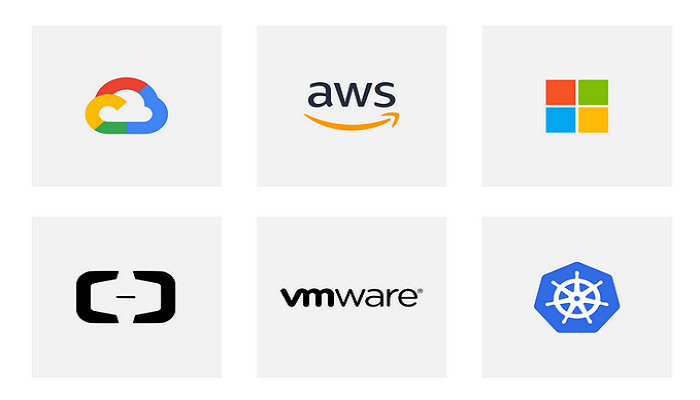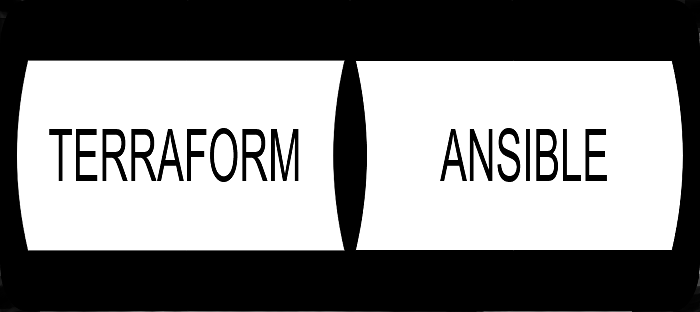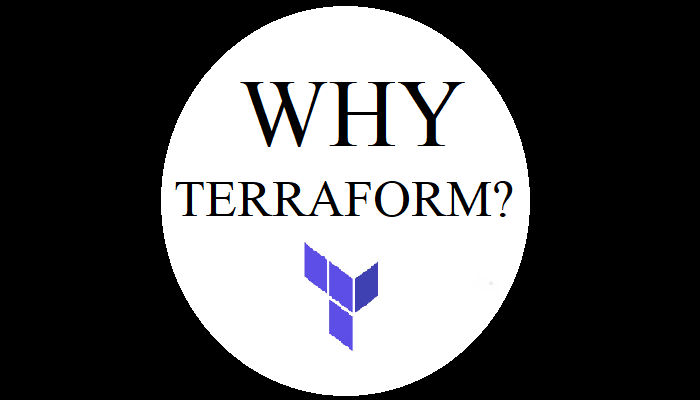The following topics will be discussed in this blog:
How Terraform Works?
Terraform’s architecture is made up of two key components:
- Terraform Core
- Providers
Terraform Core
Terraform core works with two different input sources.
Terraform configuration is the first source. You specify what needs to be created or provisioned in this section. Terraform’s second source for keeping up-to-date configuration files is state.
As a result, terraform core analyses the data and implements a plan for finishing the work at hand. It compares the state, what is the present state, and the configuration you want as a final result. It decides what’s to be performed in accomplishing the configuration file’s desired state. To develop or provision the infrastructure, it estimates what has to be created, updated, and destroyed.
Providers
Providers for certain technologies constitute the architecture’s second component. This could include cloud providers such as AWS, Azure, or Google Cloud Platform, as well as other infrastructure as a service platform. It also offers higher-level components such as Kubernetes and other platform-as-a-service technologies, as well as some software as a self-service tool.
It gives you the ability to build infrastructure at various levels.

For example, you may design an AWS infrastructure, put Kubernetes on top of it, and then construct services/components inside that Kubernetes cluster.
Terraform contains over a hundred providers for various technologies, and each provider grants access to its resources to Terraform users. So, for example, through an AWS provider, you have access to hundreds of AWS resources such as EC2 instances, AWS users, and so on. You have access to commodities, resources, such as services, deployments, and namespaces, with Kubernetes provider.
So that’s how Terraform works, and it aims to assist you in provisioning and covering the entire application configuration, from infrastructure to application. Let’s get this party started. On Ubuntu, we’ll install Terraform and set up a very minimal infrastructure.
What’s the difference between Terraform and Ansible?
Both appear to achieve the same thing, especially when reading the official definitions or literature; they sound like the same tools.

First and foremost, Terraform and Ansible are both infrastructure as code tools, which means they’re both used to automate provisioning, configuring, and managing infrastructure. Terraform is primarily an infrastructure provisioning tool, but it also has the ability to deploy applications in other tools on that infrastructure.
Ansible, on the other hand, is primarily a configuration tool that is used once the infrastructure has been provisioned.
Ansible may now be used to configure the infrastructure, deploy apps, install and update software, and so on.
Ansible is more mature, but Terraform is newer and, as a result, is changing dynamically.
Terraform is far more sophisticated in terms of orchestration.
To recap, Terraform is a superior tool for provisioning infrastructure, while Ansible is a better tool for configuring, deploying, and installing applications and services on that infrastructure.
Let’s look more closely about why Terraform should become one of your DevOps tools.
- Terraform is a completely free tool.
- Orchestration, not just configuration management.
- Terraform enables you to develop infrastructure code.
- Terraform also makes it simple to rebuild and track changes to the infrastructure.
- Terraform gives extensive infrastructure information.
- Terraform has a Plan command that allows you to double-check your modifications before applying them to the infrastructure.
- Terraform makes it possible to reuse code.
- Terraform is the fastest tool for making changes.
- Terraform has a number of modules that make building infrastructure easy.
- Terraform supports 1700+ providers.
- Terraform Allows you to make resource modifications in small increments.
/////////////////////////////////////////////////////////////////////////////////////////////////////////////////////////////////



